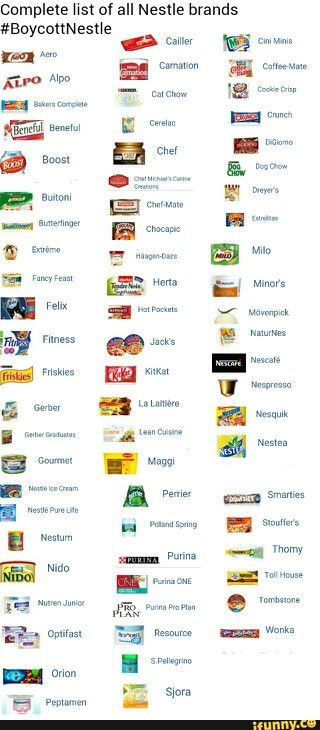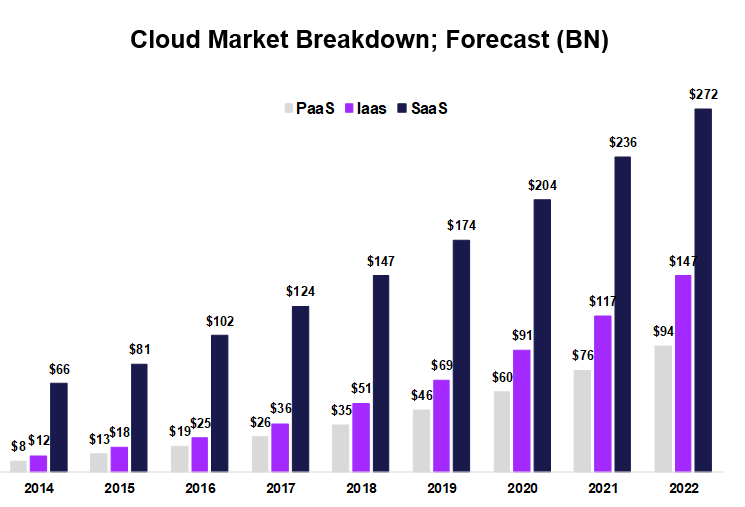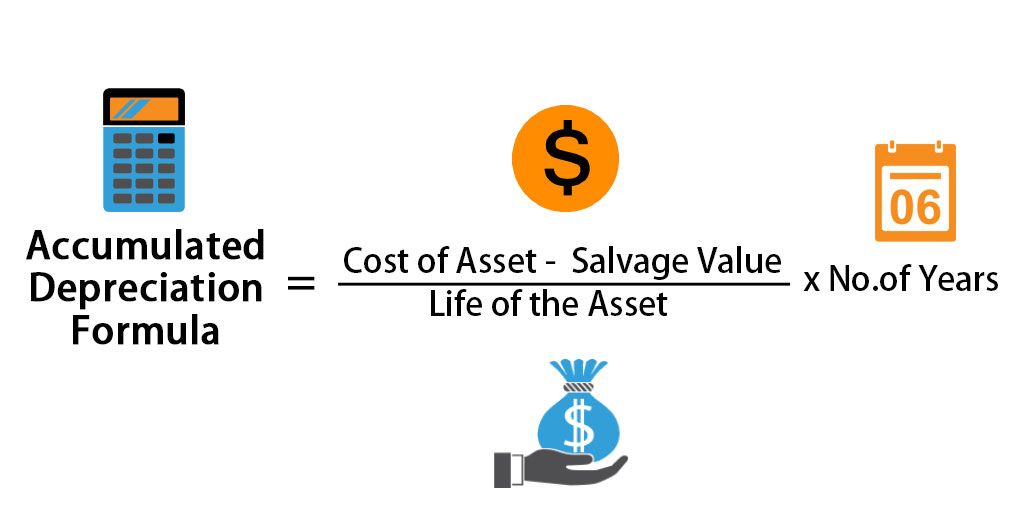Contents:


The market extension merger creates value primarily through revenue synergies. There may also be some technology synergies that can be shared within the countries. Cost synergies tend to be lower here, as companies will retain most of the operations in each country even after the merger occurs. In 1998, the banking giant Citicorp acquired the Traveler’s Group, a company offering financial services. Both companies were part of the financial industries but had a different product line. Their merger into Citicorp Inc. allowed them to expand their reach into the market.
Based on what you find out, you can determine whether this firm can prove of value to your company or not. If what you are looking for is their technology, do not mind the other things. However, if you merge two powerful companies, you may end up creating an even more powerful line. She holds a Bachelor of Science in Finance degree from Bridgewater State University and helps develop content strategies for financial brands. At the time of the transaction, Kraft was a leading producer of mayonnaise, salad dressing, cottage cheese, natural cheese and lunch meat. Heinz, meanwhile, was the world leader in meat sauce, pasta sauce and frozen appetizers.
In other words, a concentric merger example is the combination of two companies into a single legal entity. In this article, we will look at different types of mergers that companies can undergo. A vertical merger creates value by lowering costs in the value chain, which can then be passed on to consumers, creating a more competitive value proposition, or to shareholders, enhancing shareholder returns. There are various types of mergers that companies often use, but the congeneric merger is likely the most attractive option – mostly because it connects everything. The overlap between the two companies in a congeneric merger can create a synergy where the combined performance of the merged companies is greater than the individual companies themselves.
However, the ultimate aim is always for the private company to take control of the newly merged company and for it to be publicly listed. This type of merger and acquisition also increases cost efficiency since repeated and non-productive activities are eliminated from production. A study of types of mergers and acquisitions with examples in business will help in understanding the concept.
GINKGO BIOWORKS HOLDINGS, INC. Management’s Discussion and Analysis of Financial Condition and Results of Operations. (form 10-K) – Marketscreener.com
GINKGO BIOWORKS HOLDINGS, INC. Management’s Discussion and Analysis of Financial Condition and Results of Operations. (form 10-K).
Posted: Mon, 13 Mar 2023 07:00:00 GMT [source]
They are also known as “horizontal mergers” because they involve combining operations along the same line of business. A horizontal merger involves two competing companies in the same industry merging to form one larger company. The potential gains in market share are the primary driving force behind horizontal mergers. Companies that merge can also experience cost savings through economies of scale.
Resources created by teachers for teachers
However, if a conglomerate becomes too large from acquisitions, the firm’s performance can suffer. During the 1960s and 1970s, conglomerate mergers were popular and most plentiful. The second type of merger is called a vertical merger, and it is when two companies combine that are in different stages of the supply chain. A supply chain refers to the process of production, sales, or distribution. A recent example of a vertical merger would be between Live Nation and Ticketmaster.
To come up with the answer to that, you might want to think about why you want to go through the merger in the first place. Here is how you can do a congeneric merger, from the beginning to the end. With that in mind, the merger process between two companies is one that has to be thoroughly analyzed, particularly if you do not want to drag the “mother” company into a pit. Congeneric mergers can be a good strategy to use, particularly if the two companies have the same interest. Conglomerate Merger – An example of a conglomerate merger is the merger of Berkshire Hathaway and Precision Castparts merger in 2015.
Congeneric Acquisition Example
You do not want to buy a company that will prove to be a financial black hole and drag you down. Analyze everything thoroughly, and after that, have a face-to-face meeting with the manager, the company owner, and other high-ranked people from the staff. Not every business knows from the very beginning what company they may want to merge with. SEC Form S-4 is a regulatory form titled the “Registration Statement Under the Securities Act of 1933” and is required by any company seeking to merge. SEC Form 425 is the prospectus form that companies must file to disclose information regarding business combinations. In a deal valued at $70 billion, the two companies joined forces to create Citigroup Inc.
Burger King first went public in 2006 after filing an IPO earlier in the year, and began trading in May. The restaurant chain experienced a financial decline after the 2008 financial crisis and the rising popularity of its key competitor, McDonald’s. The unification of Facebook, Whatsapp, and Instagram is an example of a horizontal merger/acquisition. The three social media platforms were combined under Facebook as part of Facebook’s expansion plan.
- Talk with an experienced attorney that knows how to handle a merger, and also keep your accountant close.
- When one company has a lot of taxable income and another has a lot of tax loss carryforwards, the tax benefits are investigated.
- By working with us, you can be sure that you are finding the perfect opportunity for your business.
- Through a reverse merger, a private company can go public without going through the conventional IPO process, which is costly and time-intensive.
- A vertical merger/acquisition occurs when two or more companies operating at different stages of the production process or supply chain merge.
The merging companies typically develop similar products but in different industries. They likely have complementary products that appeal to the same customer base. During this integration, a product from one company is added to the existing product line of another company, and the companies become one under the product extension. A merger refers to an agreement in which two companies join together to form one company.
Finding The Right Concentric Merger Opportunity With Chelsea Corporate
A market-extension merger is a merger between companies that sell the same products or services but that operate in different markets. The goal of a market-extension merger is to gain access to a larger market and thus a bigger client/customer base. While a congeneric marriage intends to overlap the markets and create one bigger result, a conglomerate merger is aiming to diversify. Looking at it in hindsight, congeneric mergers are more similar to horizontal mergers, as both types operate with the same industry.
ProMat 2023 – Automation at a crossroad – Modern Materials Handling
ProMat 2023 – Automation at a crossroad.
Posted: Sun, 02 Apr 2023 07:00:00 GMT [source]
The principal idea for value generation here is that both companies can create significant cross-selling opportunities through the merger. Thus, the above are the different types of mergers and acquisitions that can happen in the market. To cite an example, we can say a merger between a laptop-producing company and an electric vehicle-producing company.
Different types of mergers with examples
Horizontal merger – An example of a horizontal merger is the merger of Facebook and Instagram that took place in 2012. Honeywell & Elster merger – this 5.1 billion dollar conglomerate merger in 2016 was attractive to Honeywell (which has a very active M&A portfolio) due to the fact Elster would lead to product and geographical growth. So in the nature of a concentric merger, their products were more complementary than competing. A conglomerate merger is the merger between two unrelated companies; diversification is often the main goal behind this merger.
At Chelsea Corporate, we understand that finding the right opportunity for a concentric merger can be difficult. That’s why our experienced team of business brokers are here to help you identify potential opportunities and facilitate any necessary transactions. We offer a complete range of services to make sure that your acquisition, merger or purchase is successful.
To cite an example, we can say that the two companies are both producing laptops. Still, the target company has a specialty in producing gaming laptops, so the target-seeking company to increase its line of products and customer bases by either acquiring or merging with the target company. Four types of mergers and acquisitions exist Horizontal, Vertical, Concentric, and Conglomerate M&A. In each case, two companies come together to form a single entity.

This concept has been followed successfully for the revival of the sick industries. A merger is said to be vertical in nature if it involves merging of two firms which are at different stages of the manufacturing operation. This merger is basically executed so as to ensure smooth supply of raw materials to the acquiring firm. This means the main product manufacturing company can directly source the main ingredients from the merged company without bothering for the other supply chain company.
Conglomerate Merger
Most horizontal mergers consist of two similar companies within the same industry, which eliminates overall competition. An example of a traditional horizontal merger would be when Exxon and Mobil companies combined to create ExxonMobil, a gas and oil company. In general, horizontal mergers are usually investigated in great detail by the Federal Trade Commission and the Department of Justice to ensure that there will not be a monopoly.
- If the two businesses are in the same industry, pooling their resources could result in a higher market share.
- If you are interested in congeneric mergers and what they can do for you, then this article prepared by our DealRoom team should be able to give you the basic information on that.
- A horizontal merger is a merger or business consolidation that occurs between firms that operate in the same industry, usually as larger companies attempt to create more efficient economies of scale.
- The goal of a market-extension merger is to gain access to a larger market and thus a bigger client/customer base.
- A merger is said to be horizontal in nature if it involves two firms operating and competing in the same kind of business activity.
Mergers and acquisitions (M&A) are commonly used to produce synergies that make the merged firm worth more than the two enterprises separately. Cost synergies are achieved through economies of scale, whereas revenue synergies are achieved through cross-selling, expanding market share, or boosting prices. A vertical merger is similar to a horizontal merger, except that the companies are at different phases of production. A vertical merger would occur, for example, if a car manufacturer purchased a company that supplied seat belts for the cars. Both businesses are in the same industry, but they are at different stages of the manufacturing process. A congeneric merger is where the acquiring company and the target company do not offer the same products but are in a related industry or market.

Conglomerates look to diversify their company by owning multiple unrelated products or businesses. This diversification is part of an overall risk management strategy that may help the company survive market downturns or fluctuations. A concentric merger is a merger in which two companies from the same industry come together to offer an extended range of products or services to customers. These companies often share similar technology, marketing, and distribution channels, and look to the concentric merger to create synergies. A concentric merger is a combination of businesses that have complementary products, services or technologies. These types of mergers usually take place when two companies in the same industry come together to join forces and create a more powerful entity than either could alone.
But, which type will be best will depend on the type and business of both entities, which will help in the newly formed entity’s growth and expansion. Conversely, a mixed conglomerate merger is when two companies merge in order to expand their markets/products/services. We, at DealRoom, are specialised in mergers and acquisitions of all kind and in this guide we go over the basics of concentric mergers as well as some famous examples, pros and cons.
Theconglomerate acquisitionoccurs when a large company has grown through a series of bolt-on acquisitions, usually with a diverse range of product and service lines, geographies, and industry outlooks. For example, the merger between Mobilink Telecom Inc. and Broadcom is a product-extension merger. The two companies both operate in the electronics industry and the resulting merger allowed the companies to combine technologies. The merger enabled the combination of Mobilink’s 2G and 2.5G technologies with Broadcom’s 802.11, Bluetooth, and DSP products. Therefore, the two companies are able to sell products that complement each other.
When one company has a lot of taxable income and another has a lot of tax loss carryforwards, the tax benefits are investigated. The acquirer can use the tax losses to reduce its tax liability by acquiring the company with the tax losses. Mergers, on the other hand, are rarely carried out only to save money on taxes.
